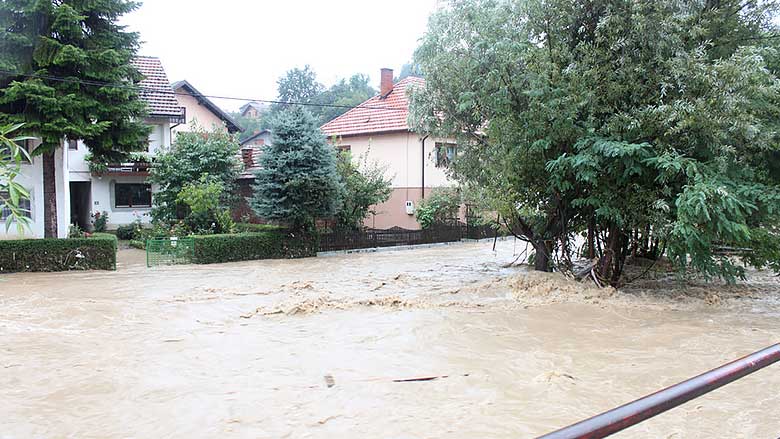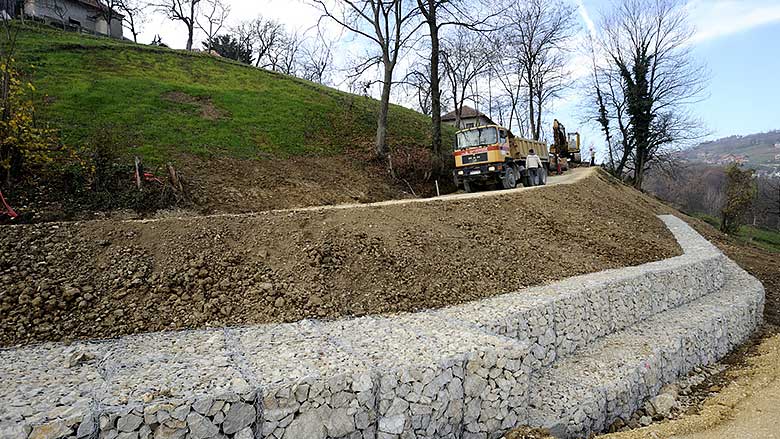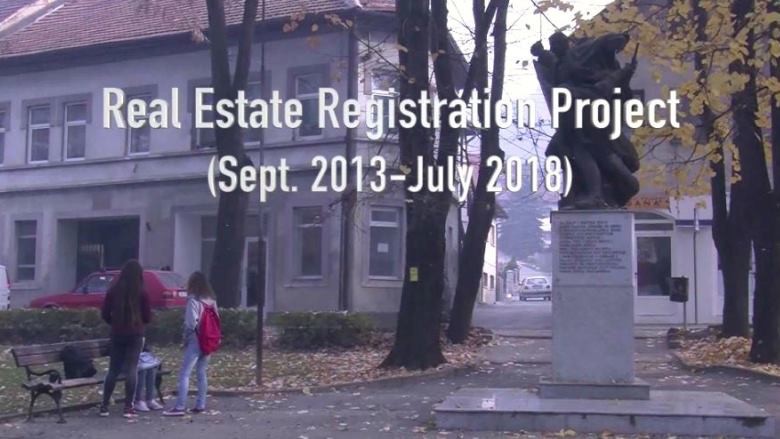In response to the unprecedented floods in 2014, the $100 million Floods Emergency Recovery Project (FERP has been was implemented to provide assistance to the populations in affected areas and restore their lives to pre-flood conditions. The project helps rebuild critical infrastructure damaged by floods and landslides, as well as provides technical assistance and capacity building to help increase resiliency in the face of future natural disasters.

The town of Celinac was devastated by floods in May and again in August, 2014. The floods ruined homes and destroyed infrastructure, negatively affecting all 6,000 residents in the town.


